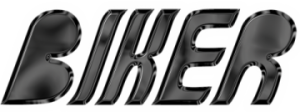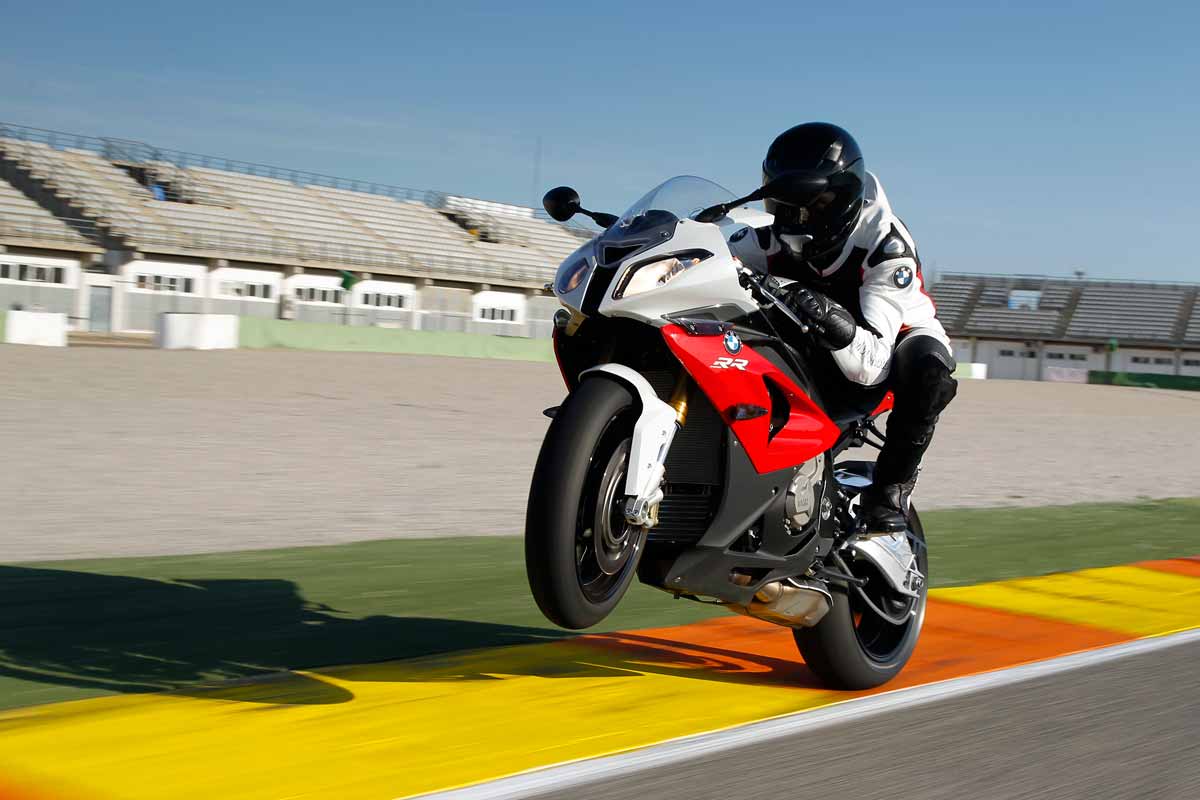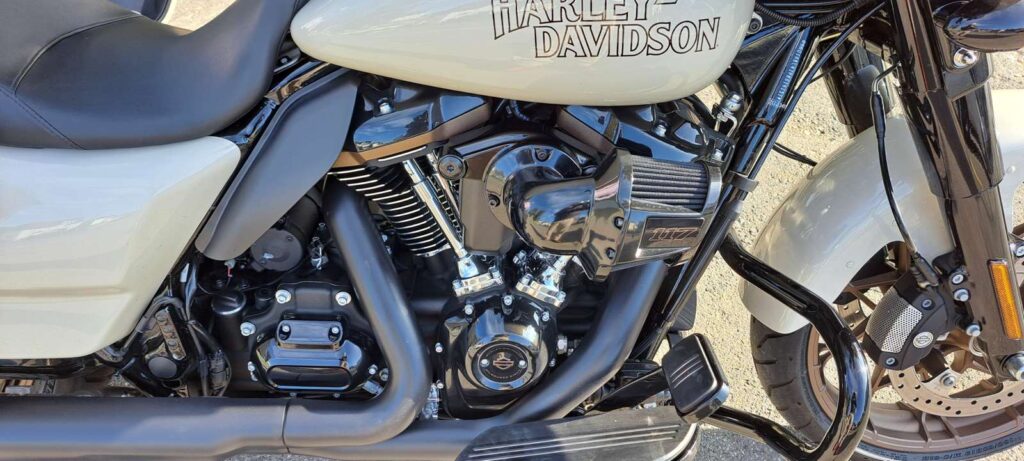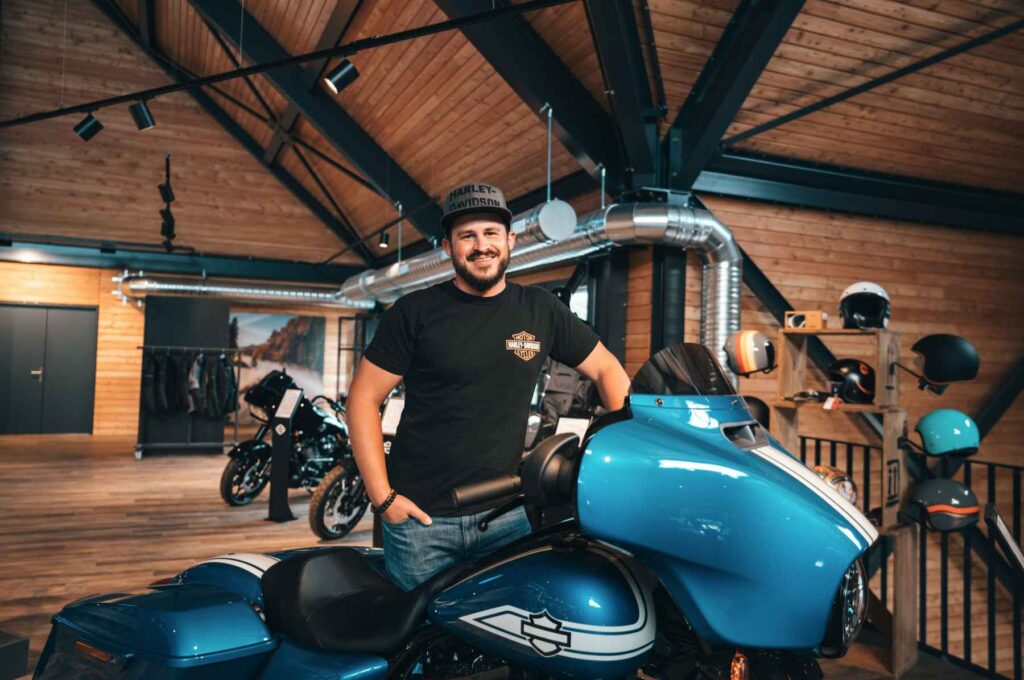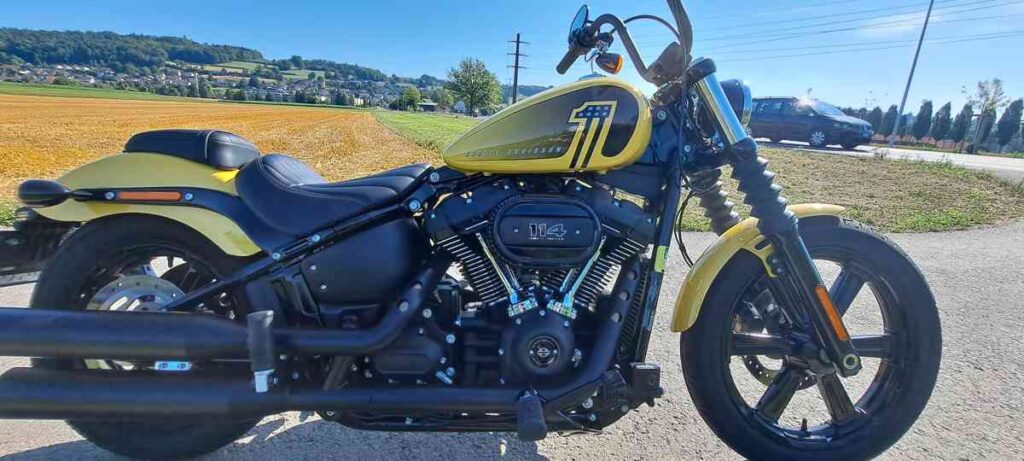The BMW S 1000 RR is one of the most powerful supersport bikes in the world, standing out from its competitors above all in terms of technology and looks. With its legendary power and safety technology, it lures the rider to the limit and conveys real racing feelings.
Even the sight of a supersport bike in everyday traffic gets the heart rate up, especially when the rider is still turning the throttle and eliciting a powerful roar from the engine. The excitement rises like at a Grand Prix. A supersport bike appeals to a man's racing instinct, even his hunting instinct, intoxicating him with the feeling of being able to tame and experience almost limitless power and speed, of belonging to the winner's circle (of the race) and of having the recognition of the world at one's fingertips. It is all the more important for bikers to know which machine can actually bring in the victory, but also what acceptance the "chosen one" meets with friends and the environment.
For generations, Japanese manufacturers in particular have dominated the supersport segment and the results at international road races. But for some time now, the Europeans have also been getting in on the act, with German manufacturer BMW in particular showing what's what when it comes to superbikes and being one of the leading brands in this segment, especially with its S 1000 RR. I therefore wanted to find out what the BMW S 1000 RR has to offer a biker in everyday life during a test.
Hunting bomber look: pointed and purposeful
At first glance, it seems almost small and manageable next to the larger touring machines, although with a saddle height of 82 cm you are already sitting very high, created for bikers between 175 and 185 cm tall. The "snout" is pointed like an arrow, the asymme-tric front lights create an almost futuristic look. All in all, a very unique, modern styling. Particularly in the "granite gray metallic matt" color, the BMW S 1000 RR looks like a fighter-bomber on two wheels: pointed, purposeful, super-dynamic, stylish. The raised rear end with the ultra-modern LED tail light underscores the modern racing look. It's not immediately obvious, but the side paneling is also asymmetrically designed: on the right side there are openings in a "shark gill" design and on the left side there is a single enlarged outlet opening. The part is therefore visually well thought out from A-Z down to the smallest detail. Four different color schemes (red/white, gray, black and blue/white/red) are designed to accommodate different tastes. And the installed parts are placed in such a way that the S 1000 RR can be converted very quickly for the race track: License plate holder, turn signals, pillion footrests and rear view mirror can be unscrewed and removed in no time at all.
The exhaust on the right-hand side almost seems a bit puny in comparison, but here it's a case of "it's not the size that counts". The stainless steel exhaust system, equipped with state-of-the-art catalytic converters, contributes together with other components to better performance, a more homogeneous torque curve and significantly improved pulling power of the machine.
The mighty rear swingarm has an even greater effect: together with the suspension and the rest of the chassis, it provides massive driving stability and smoothness in all positions, while the shortened wheelbase (compared with the 2011 model) ensures greater agility. At the front, the USD fork ensures the harmonious chassis tuning with the rear end, at the end of which hangs a powerful double-disc Brembo brake, which effectively and massively decelerates the machine. The BMW simply does not skimp on quality.
Technology at its best
Some drivers will find the technology on offer unusual when they get on the bike. On the left side of the handlebars is a button for switchable ABS and DTC (traction control, DTC = Dynamic Traction Control), and on the right side of the handlebars is the "Mode" button, which lets you choose between three driving modes. At least in my test model, I could choose between "Rain" (rain), "Sport" (sport) and "Race" (race). You could clearly feel the difference in traction and notice the performance differences on the trip meter. According to BMW, 163 hp is available in "Rain" mode and 193 hp in each of the "Sport" and "Race" modes. According to the catalog, there should be an additional mode called "Slick" for the race track, which was missing on my test bike. The traction control intervenes differently in each mode and impedes acceleration from a certain lean angle and or when the front wheel lifts off (wheelie). In the section "Cornering with safety technology" I will go into more detail. This technology significantly increases the safety of the rider. A big thumbs up to BMW for this. Not every super sports machine offers something like this.
Instruments highly functional to impractical
The instrument panel is typically BMW and analogous to the rest of the design asymmetrically conceived, it does not really appeal visually, but in particular the digital display told me at every moment exactly on the individual kilometer, how fast I am on the road and in which gear I am. So I no longer have to count which gear I'm in each time I shift: that's powerful, because it means being in control particularly easily and quickly. That is high functionality à la BMW. But I miss a fuel gauge, which is simply important in everyday life. Also, the operation of the turn signals could use a little more play and the horn under the left handle is not easy to find, impractical and especially in an emergency not easy to grasp, there the designer probably ran out of space, there you will have to practice as a buyer. Overall, however, at first glance you have a machine that has a lot to offer, more than many others. Whether it needs a heated grip, well, I certainly don't need it. While driving, a fingertip-sized light regularly flashed on me next to the trip display, which, by the way, should be a bit more legible. This "shift flash", as BMW has christened the display, indicates that the maximum speed has been reached, which is why the driver should then shift. Can be useful, can be annoying. In addition, the possibility to get data about the lap time on the race track or about a trip can be found, electronics are sufficiently present. However, I never used or tried it on my test drive.
Real race feelings come up
The data alone can make a sports fan's mouth water: 193 hp at 13,000 rpm is more than decent. But we have to be honest, 90-95% of the normal bikers ride with such a bullet exclusively or mainly in commuter traffic, where we have to live with maximum speeds of 30 to 120 km/h in Switzerland. That is anything but race. So can race feelings arise in everyday life? Yes, it can. And thank goodness, there's still Germany with unlimited speed limits on highways. When you press the starter, you immediately get to know BMW's engine culture in the sports sector. The engine of the S 1000 RR "seethes" powerfully and conveys a racing feeling right from the start. This powerful seething engine noise is a turn-on for any speed enthusiast. A slight twist of the throttle is all it takes to get it going. "Typical 1000" I think to myself, no pull-through hole in the lower touring ranges, as you know it from smaller machines with lower displacement. It doesn't matter if you are in "Rain" mode or "Race" mode, which by the way I was able to change while driving by pressing the "Mode" button (according to BMW change mode: Wait or pull the clutch and wait 20-30 seconds). The pull is strong in all modes, less in one, more in the other. In city traffic, such a machine is unsatisfactory, it has too much power. Overland, on mountain passes and on highways - apart from race tracks - you can rather live out the power of the bike and find the opportunity now and then to go to the touring limit. By the way, anyone who reaches the rev limit will be pleasantly surprised by the S 1000 RR's reaction, which the racer acknowledges with a relatively slight stuttering that doesn't really bother. Other bikes like to rumble around more in such a situation and that is annoying, BMW has really solved this brilliantly. The power that develops from about 5-7000 revs feels like being shot through the gun barrel, brute. Certainly, the powerful roar also influences one's own perception. Not only do you feel like you're at a Grand Prix, but you also experience your own speed through the sound as faster than it might be in real life. What's intoxicating about the bike is its elemental power: if you're traveling at 140 - 160 km/h on the highway, for example, there's still a lot of room for improvement. Just turn the throttle once and it whizzes away, brilliant. After all, the bike is made to push the 300 km/h limit, and it does so from home without tuning. The Porsche driver is amazed, he doesn't stand a chance. And especially at high speeds, a race feeling sets in, not only because the digital speedometer shows the high speed or the engine roars like a world champion, but above all because the bike has absolute driving stability and calm at all times, which gives the rider a very important feeling of safety. As a result, you dare to do more, you want more, you want to explore the limits of the bike, and with the S 1000 RR they seem almost endless.
Cornering with safety technology
Cornering has to be learned, especially with a sporty bike in everyday use over mountain passes or over land. The plus of the S 1000 RR is, on the one hand, the legendary power and acceleration out of the corners, apart from the fact that cornering depends primarily on the ability of the respective rider and, of course, also on the traffic situation. On the other hand, however, the driver is assisted by useful electronic helpers, so that even hobby drivers can get around the corners much faster than perhaps they are used to. The electronically controlled traction control (DTC) makes itself felt here: Depending on the riding mode, it stops the bike's acceleration as soon as a certain lean angle is reached: in "Rain" mode from 38 degrees, in "Sport" mode from 45 degrees, in "Race" mode from 48 degrees and in "Slick" mode from 53 degrees. In addition, an anti-wheelie function is switched on except in "Slick" mode below 20 degrees. Together with the Race ABS, which also acts differently in the riding modes, the S 1000 RR offers increased safety in the corners. The BMW thus very much enables the rider to go to his own limit.
After an exhilarating ride at high speeds, coming home through the city feels like you've just come back from a race. The adrenaline is still shooting through your body, your senses are wide awake, although you're also a little more tired but satisfied, and a quick turn on the throttle signals to other road users, "I've got more steam than you, I'm the boss in the ring, just so you know."
All in all, BMW has delivered a technological top racing bike with a very special look in the form of the S 1000 RR, which fits in very well with the Japanese competition, even shows the one or other competitor how it's done in terms of racing technology and provides the rider with useful support in the form of its safety features. Whether you like the look and sound is very individual, as is whether you can warm to the BMW brand as a race bike manufacturer. However, the bike is convincing in every weather and cornering situation, and whether you like it is a matter of taste. A test ride can provide more information, and you can only win as a biker. Caution: Real race feelings can arise.
TECHNICAL DATA | |
|---|---|
ENGINE | |
Type | Water/oil cooled 4-cylinder in-line four-stroke engine, 4 titanium valves/cylinder |
Cupic capacity | 999 cc |
Compression | 13 : 1 |
Nominal power | 142 kW/193 hp at 13,000 rpm |
Max. Torque | 112 Nm at 9,750 rpm |
FUEL | |
Mixture preparation | Electronic injection |
Tank capacity | 17.5 l , of which 4 l reserve |
Consumption | 5.7-5.9 l / 100 km |
POWER TRANSMISSION | |
Clutch | Multi-disc clutch in oil bath, anti-hopping clutch, mechanically operated |
Transmission | Claw-shifted 6-speed transmission with spur gearing |
End drive | Chain |
FRAME, CHASSIS | |
Frame | Aluminum composite bridge frame |
Mass | 2056 mm x 826 mm x 1138 mm |
Wheelbase | 1422.7 mm |
Turning circle | 4,1 m |
Seat height | 820 mm |
Weight | 202 kg |
Payload | 203 kg |
BRAKES, WHEELS | |
Wheels front | Cast aluminum wheels, rim size: 3.5×7"
|
Rear wheels | Cast aluminum wheels, rim size: 6×17" |
Tires front | 120/70 ZR 17 |
Rear tires | 190/55 ZR 17 |
Front brakes | 320 mm double disc brake with 4-piston fixed caliper |
Rear brakes | 220 mm single-disc brake, 1-piston floating caliper; ABS: BMW Motorrad Race ABS with 4 selectable modes |
PRICE | |
|---|---|
Price | CHF 20'500.00 |
